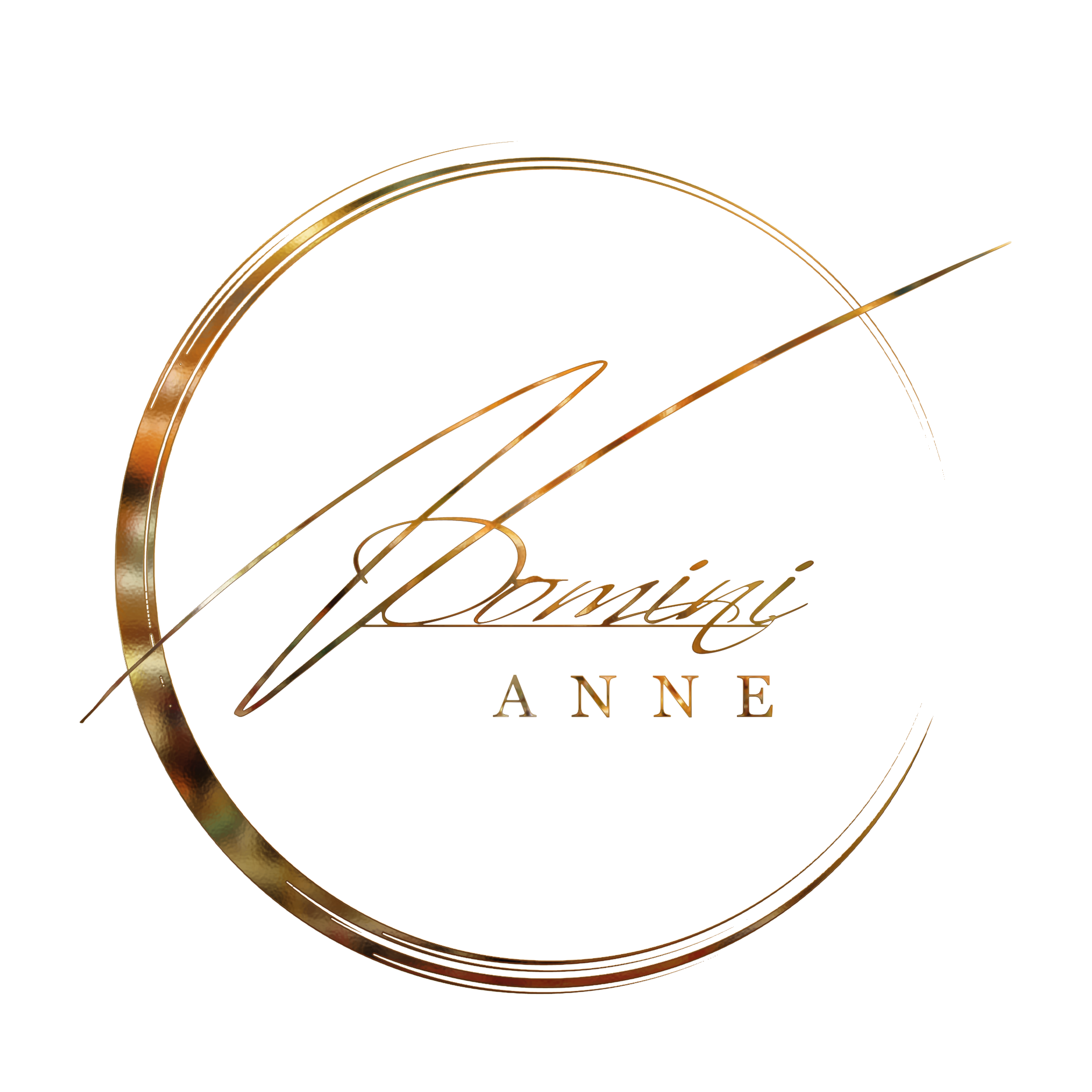The Pain in your A$$ : Experiential Anatomy
Congratulations! I am pleased to announce that we have now arrived at the base of the spine, the seat of our civilization, the source of endless fixation and root of so many of our issues ( physical, emotional, spiritual, you name it). Yes, we have hit... the Pelvis.
As a child of the 70's and 80's, I was raised with an ingrained aversion to even using the correct terms for many of the parts contained here, and even to this day, I have colleagues who will simply refer to this region as " the hips" in order to avoid making anyone feel uncomfortable. Granted it does contain a number of parts covered by bathing suits, as well as others that are heavily featured in adult film content, but unless we can get over our misguided modesty, it becomes difficult to get a clear picture about what's going on in this oh so critical of areas.
(Rest assured, this blog is completely safe for work)
As always, let's start with the bones: In the center, we have the Sacrum, which is often referred to as the " cornerstone" of our body. On either side, the hip bones, which were first released as a trilogy: the Ilium ( the entire upper portion, including the crest you rest your hand on when it's on your hip) the Ischium ( better known as your sitting bones), and the Pubis ( you know where that is) and had fused in to a full length feature by the time you learned to walk. Supporting this structure on either side are the Femur Bones, aka the thigh bones, which are shaped like a number 7 in order to perfectly fit in to the Acetabulum, otherwise known as your " hip socket".
If you consider the Pelvis' mobility needs, the bone structure makes a lot of sense. The Sacrum hangs between the hip bones, connected at the SacroIliac Joint ( which is mobile in certain ways but not others) where it translates spinal movement in to and out of the pelvis while providing an anchor for the " pelvic bowl". The hip bones themselves have a greater potential for movement, both tilting forward and back, side to side, and rotating, and the thigh bones have even larger range, able to swing our legs forward and back, in and out, and twisting.
Of course, all this mobility requires an orchestra of muscles ( 45 in all) both to create the movements we need, and to ensure that there is enough space and support for the bottom of our digestive system, reproductive organs, and systems of elimination to function without accidentally blowing out ( sneeze while pregnant and you'll know what I'm talking about), not to mention to allow for the nerves that exit off our spine and head down our legs to have a free ride all the way down to our feet. ( Sciatica anyone?)
As usual, I am writing a blog, not a book, and will name a few while grandly sweeping over others, but first, allow me to present to you this week's metaphor.
Please imagine your tent poles as the bones, the ligaments as the elastic that allow the poles to intersect, and your muscles as the tent fabric itself, stretched over the frame, with multiple zippered entrances, etc.
If the frame gets out of balance, so do the tent and the elastics. If the elastic at the intersections gets too stiff or too loose, the frame is affected, and if the tent fabric is bunched up or ripped anywhere, it will also affect the integrity of the frame, perhaps putting additional strain on those elastic intersections. Oh, yes, and this tent is the type that also runs marathons, goes out dancing, stays bent at a 90 degree angle for hours on end, and typically stands with one side jutted way out and the other side falling into a hole.
So no wonder so many humans complain of lower back pain, or a dull ache deep in their butt. As always, instability in one area will cause tightness in others, and muscles become " locked short" or "locked long" when asymmetry is present. Either way, the operative word is "Locked" and the process of unlocking is a process of restoring balance.
The first muscle that I'd like to shine a spotlight on is the Piriformus.
If you practice yoga, or work out, you've certainly heard of this one. It's the one that you'll stretch when you cross one leg over the other, turn that knee out, and then pull the opposite leg in to your chest. It gets that good stretch deep under your butt. Recently, the yoga world has turned on "Pigeon Pose" as the new Bikram; once beloved, it has now developed a reputation as potentially damaging to the hip socket when held, unsupported, for long periods of time, and I would have to agree. The Piriformus originates deep within the sacrum, and slips out to attach to the top of the thigh through the same "doorway" as the Sciatic nerve. It serves both to externally rotate the leg, and to balance the spine via the sacrum. If the spine leans to one side then the Piriformus will need to contract on the opposite side in order to maintain balance. A stressed out Piriformus can result in " Piriformus syndrome" which manifests as a chronic, dull ache in the buttock region, possibly mimicking the pain of sciatica ( burning pain down the leg to the foot).
© Domini Anne 2017
Credit for images : Visible Body App, Med.uio.no.com, Amazon.com,




